- Quick Read: Celery juice is often touted online as a natural remedy for skin conditions like seborrheic dermatitis.
- Evidence-Based: While not a proven cure, celery’s anti-inflammatory and antioxidant properties may offer significant benefits for managing symptoms.
- Research Highlights: Studies suggest celery can reduce inflammation, combat oxidative stress, and positively impact lipid metabolism – all relevant to seborrheic dermatitis.
- Manage Expectations: Celery juice isn’t a guaranteed fix, but incorporating it into your diet could be a supportive strategy alongside other treatments.
Online communities are buzzing about celery juice as a miracle cure for various skin issues, including seborrheic dermatitis. But with so much unverified advice floating around, it’s wise to ask: is there any real evidence to back up these claims?
Let’s cut through the anecdotal noise and examine the science. While celery juice isn’t a scientifically proven treatment for seborrheic dermatitis, its well-documented health benefits directly target key factors involved in the condition. Could celery juice be a helpful addition to your skincare strategy? Let’s explore the evidence.
Research Verdict: While celery juice isn’t a guaranteed cure for seborrheic dermatitis, its inherent health benefits align well with addressing the condition’s symptoms and may offer considerable relief.
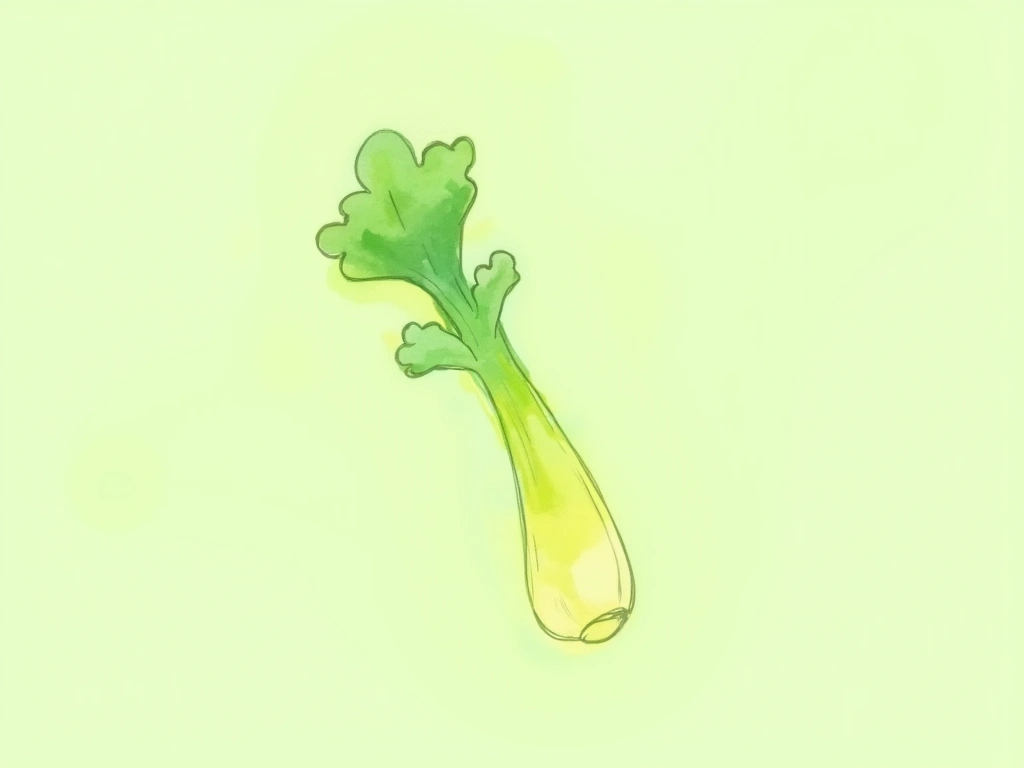
Unpacking the Potential: Celery and its Health-Boosting Properties
A quick search reveals a 1999 patent highlighting celery seed extract as a potent anti-inflammatory agent with therapeutic potential for various ailments:
- [Celery seed extracts for pain, inflammation, and gastrointestinal relief][1]
However, it’s important to note that patents don’t automatically equate to proven efficacy. This patent focused on a specific celery seed extract and acknowledged that while traditional medicine mentioned celery seed’s potential, “the efficacy for the claimed applications is not documented”.
Moving beyond patents, let’s investigate the broader research on celery itself and its potential benefits.
Celery’s Anti-Inflammatory Powerhouse
Research from 1985 in the International Journal of Drug Research demonstrated celery’s significant anti-inflammatory effects in rats. The study successfully reduced inflammation induced by carrageenan using a celery extract, though the exact compounds responsible weren’t identified.
Key details of this study:
- Inflammation Trigger: Carrageenan was used to induce inflammation in rats.
- Celery Extract Preparation: Celery was blended, filtered, and extracted using a simple water-based method to concentrate active compounds.
- Dosage Relevance: The dosage used was equivalent to approximately 20-30g of fresh celery for rats, translating to a potentially very high intake for humans (around 7-10kg).
Rich in Antioxidants: Celery’s Defense Against Oxidative Stress
Celery is recognized as a rich source of diverse antioxidant compounds, particularly phenolic compounds. Diving deeper into research using celery’s scientific name, Apium graveolens, reveals a wealth of supporting studies:
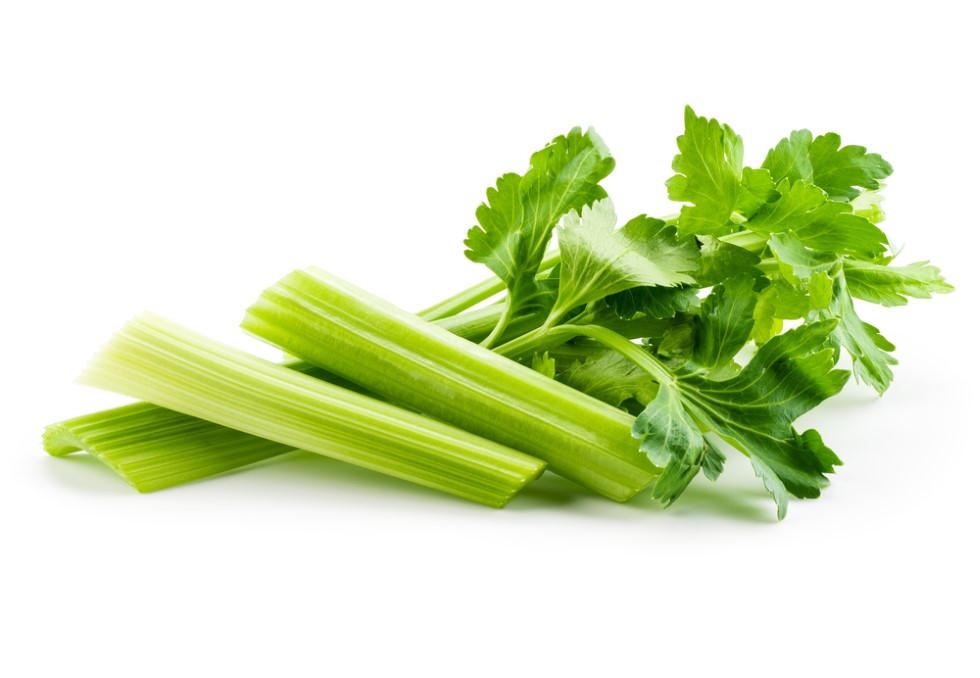
- Neuroprotective and Antioxidant Effects: Apium graveolens and Parkinson’s-like symptoms in mice [1]
- Antioxidant Capacity of Celery Extracts [2]
- Celery Extract Reduces Oxidative Stress in Arthritic Rats [3]
- Flavonoid from Celery with In Vitro and In Vivo Antioxidant Activity [4]
A comprehensive 2017 review in the Journal of Evidence Based Complementary Alternative Medicine further supports these findings:
- Celery’s Antioxidant Activity: A Detailed Review [5]
This review highlights that compounds like caffeic acid, p-coumaric acid, ferulic acid, apigenin, luteolin, tannin, saponin, and kaempferol in celery contribute to its strong antioxidant capabilities. Optimizing celery growing methods could even enhance these beneficial properties.
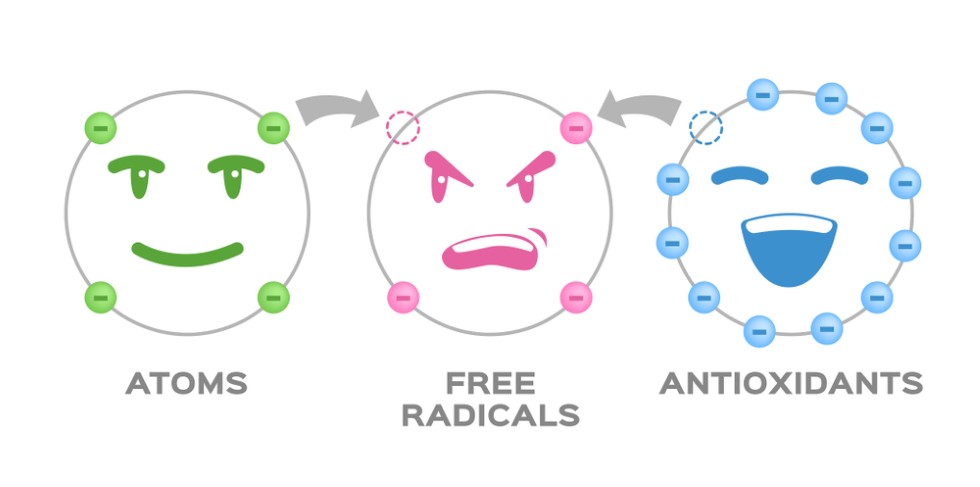

Celery’s Positive Impact on Lipid Metabolism
Celery also demonstrates beneficial effects on lipid metabolism and related metabolic issues. Research suggests it can contribute to lowering blood pressure and improving lipid profiles:

Seborrheic Dermatitis: Inflammation, Oxidative Stress, and the Potential of Celery
For decades, research on seborrheic dermatitis has centered on the yeast Malassezia. The simplified view is:
- Malassezia presence on skin -> seborrheic dermatitis symptoms
- Antifungal treatments -> reduced Malassezia -> symptom relief
This relationship is well-established. However, Malassezia is a normal part of the skin flora for most people, yet only some develop seborrheic dermatitis. This raises the question: why do some people react negatively to Malassezia while others don’t?
Current theories suggest:
- Immune System Response: An overactive or inappropriate immune response in susceptible individuals [8]
- Oxidative Stress: Insufficient antioxidant defenses or increased free radical production [9]
- Skin Microbiome Imbalance: Disruptions in the skin’s bacterial balance [10]
While celery juice is unlikely to directly alter the skin’s bacterial composition, its anti-inflammatory and antioxidant properties could positively influence the first two points. By reducing inflammation and combating oxidative stress, celery juice may help mitigate the underlying factors that contribute to seborrheic dermatitis symptoms.
However, it’s crucial to acknowledge that current evidence doesn’t definitively quantify how much celery juice can benefit seborrheic dermatitis. Direct studies are needed to provide a clearer answer.
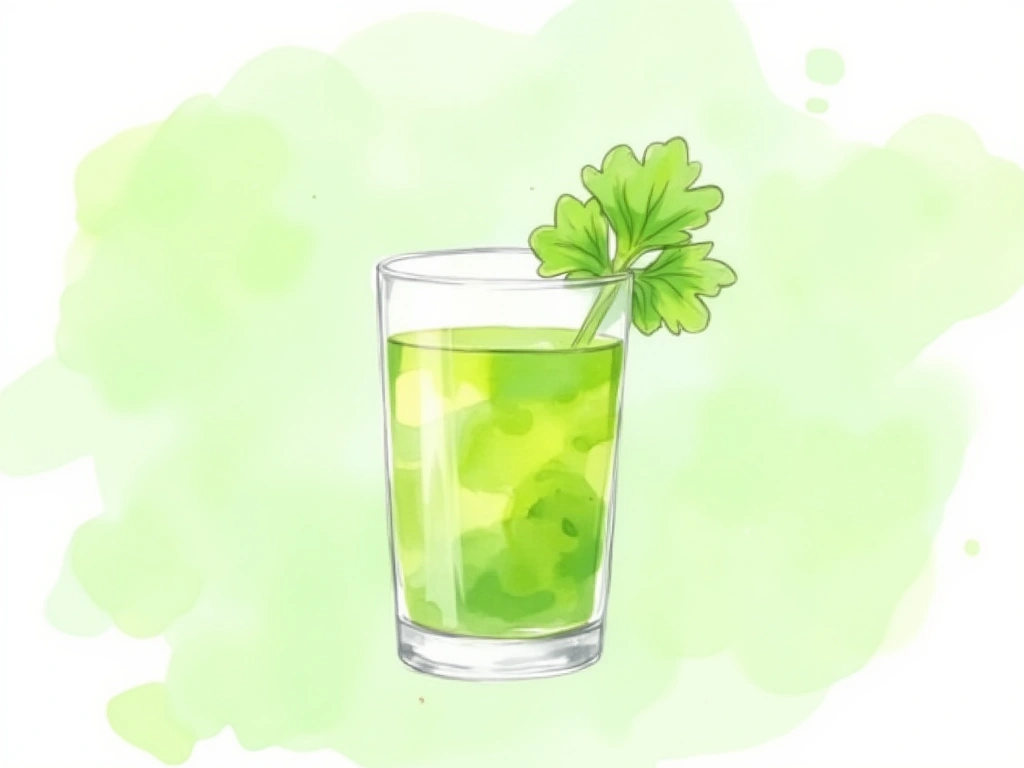
Celery Juice: A Likely Supportive Strategy for Seborrheic Dermatitis
Despite the lack of specific clinical trials on celery juice and seborrheic dermatitis, the evidence suggests potential benefits.
We know seborrheic dermatitis involves:
- Inflammation and a poorly understood disease process
- Increased lipid oxidation on the skin surface
- Altered immune responses
And celery offers:
- Significant antioxidant capacity
- Moderate anti-inflammatory effects
- Positive effects on blood lipids
Therefore, even if celery juice isn’t a standalone cure, increasing its consumption could likely improve several key aspects of seborrheic dermatitis. Furthermore, choosing celery juice can displace less healthy dietary choices, indirectly supporting overall health and potentially skin health.
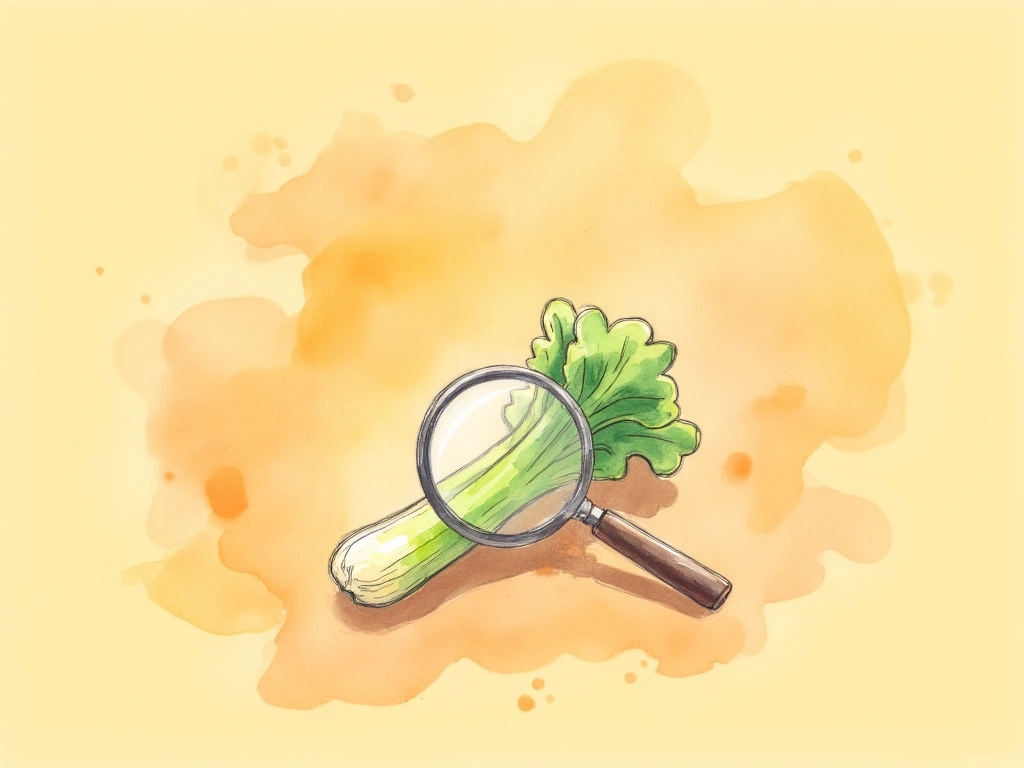
Further Insights
- [Video: Exploring Celery Juice Benefits][4]
- [Understanding the Root Causes of Seborrheic Dermatitis][5]
- [Dietary Strategies for Managing Seborrheic Dermatitis][6]
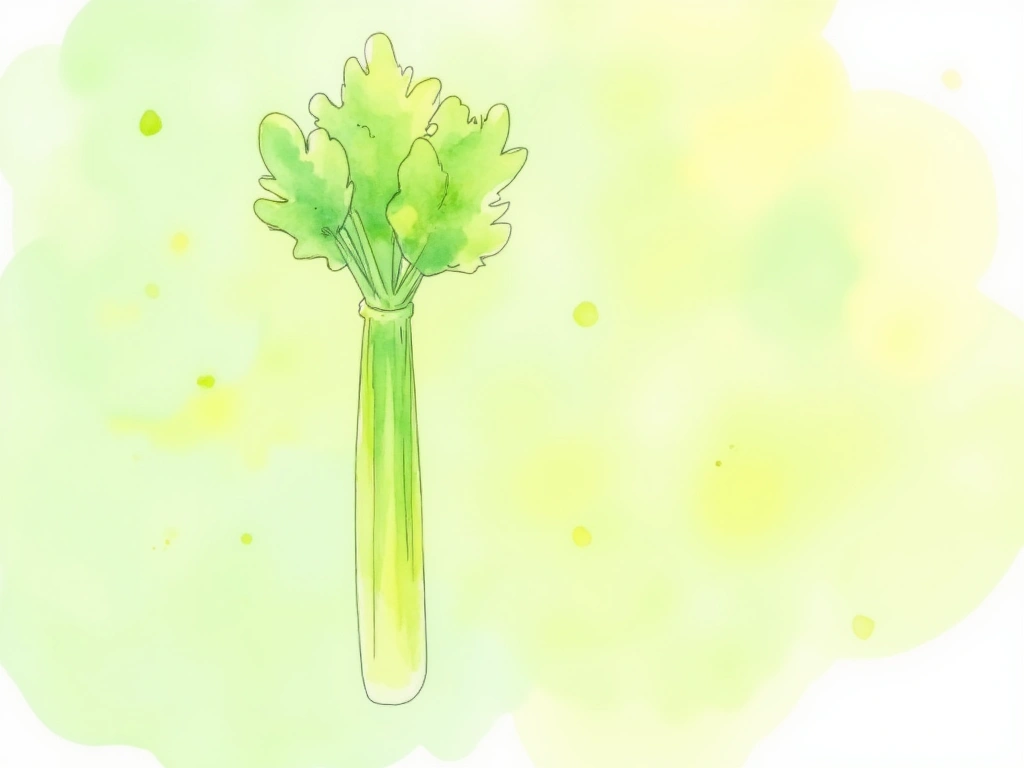
In Conclusion: Celery Juice and Seborrheic Dermatitis
No studies confirm that drinking a specific amount of celery juice will eliminate seborrheic dermatitis. However, celery boasts numerous scientifically-backed health benefits, particularly its anti-inflammatory and antioxidant properties. These properties directly address several key features of seborrheic dermatitis.
So, should you drink celery juice? It likely won’t hurt, and it might help. Consider incorporating celery juice into your diet as a potentially supportive strategy. Share your experiences in the comments below!

No Comments
Be the first to start a conversation